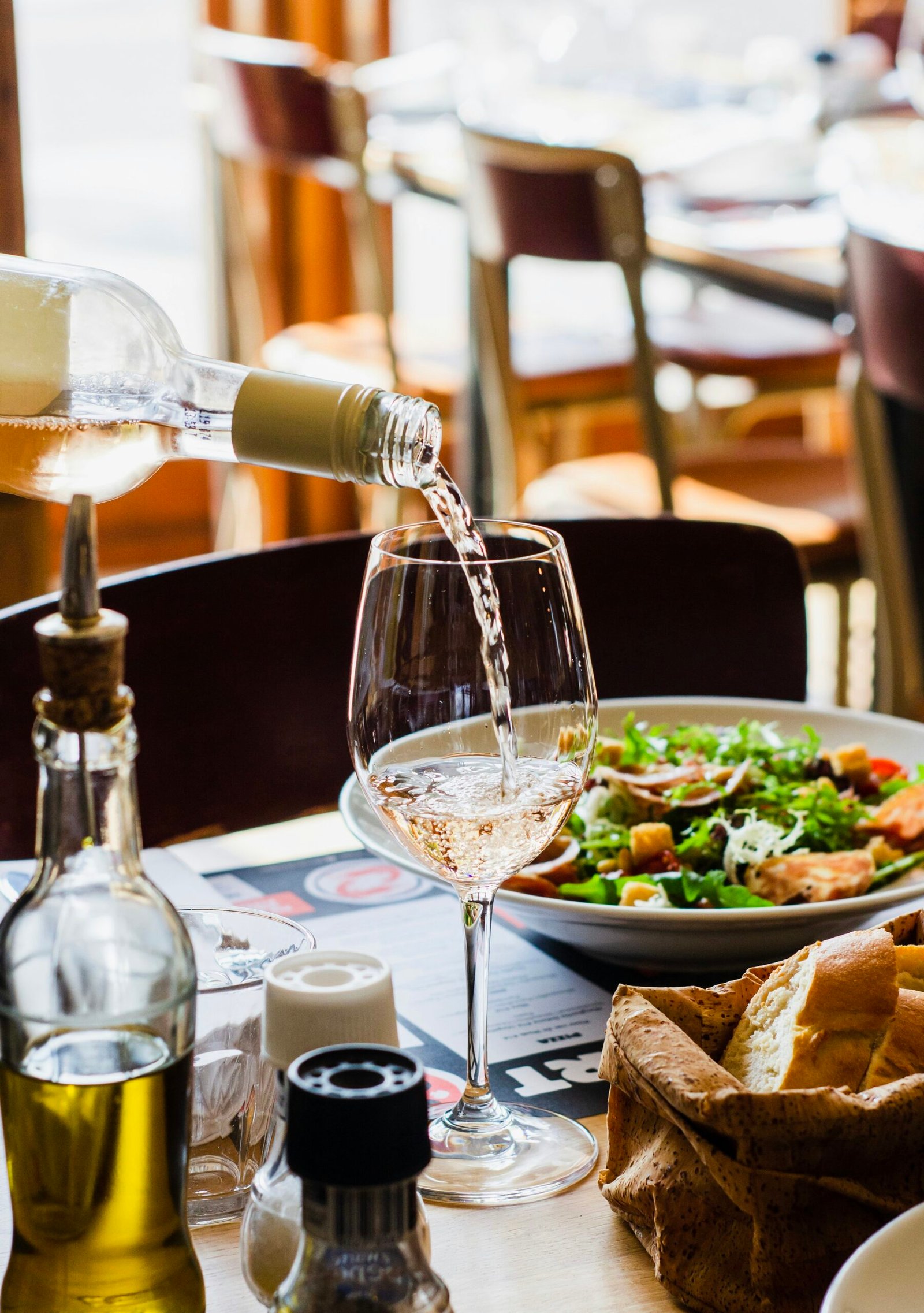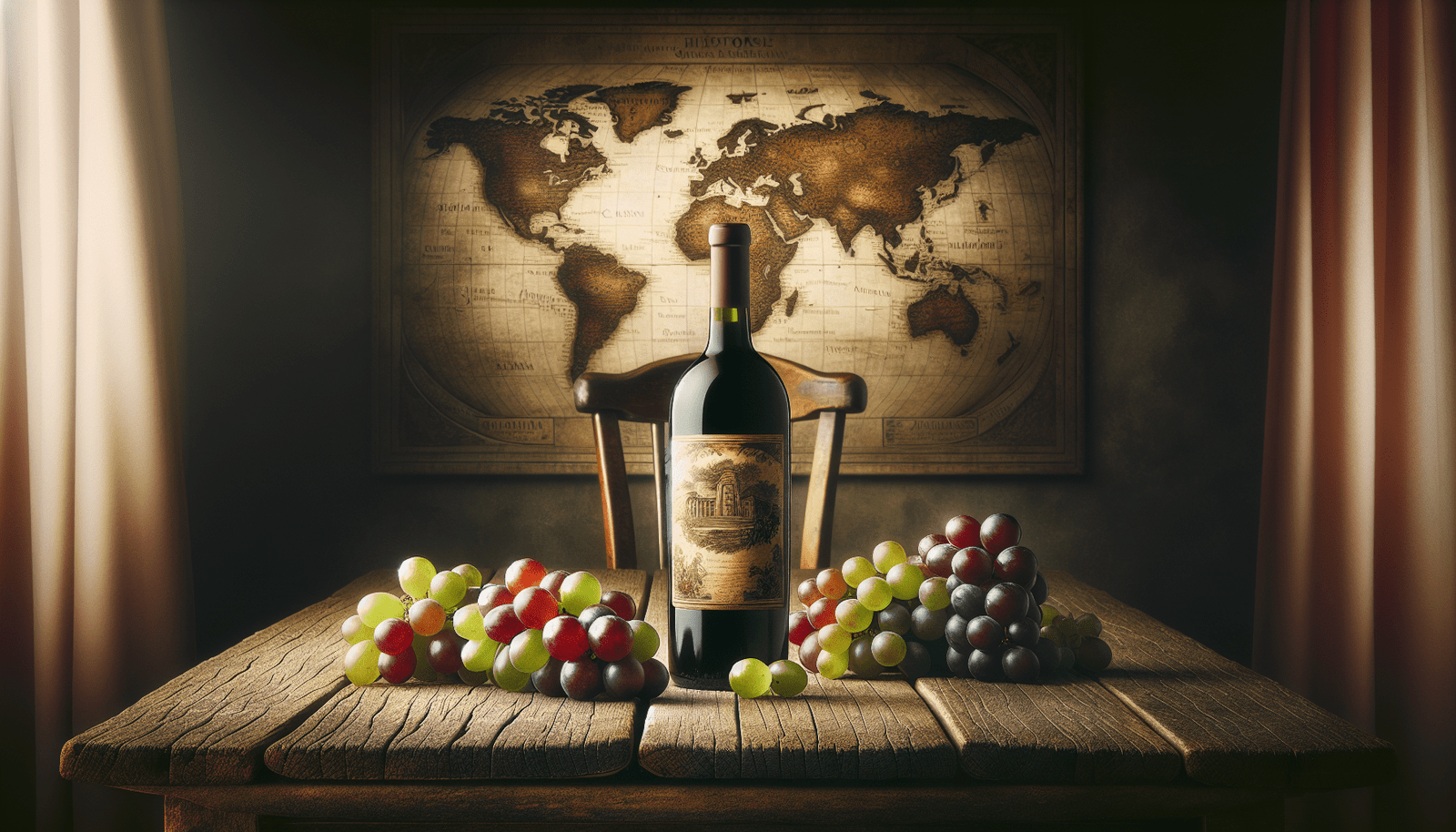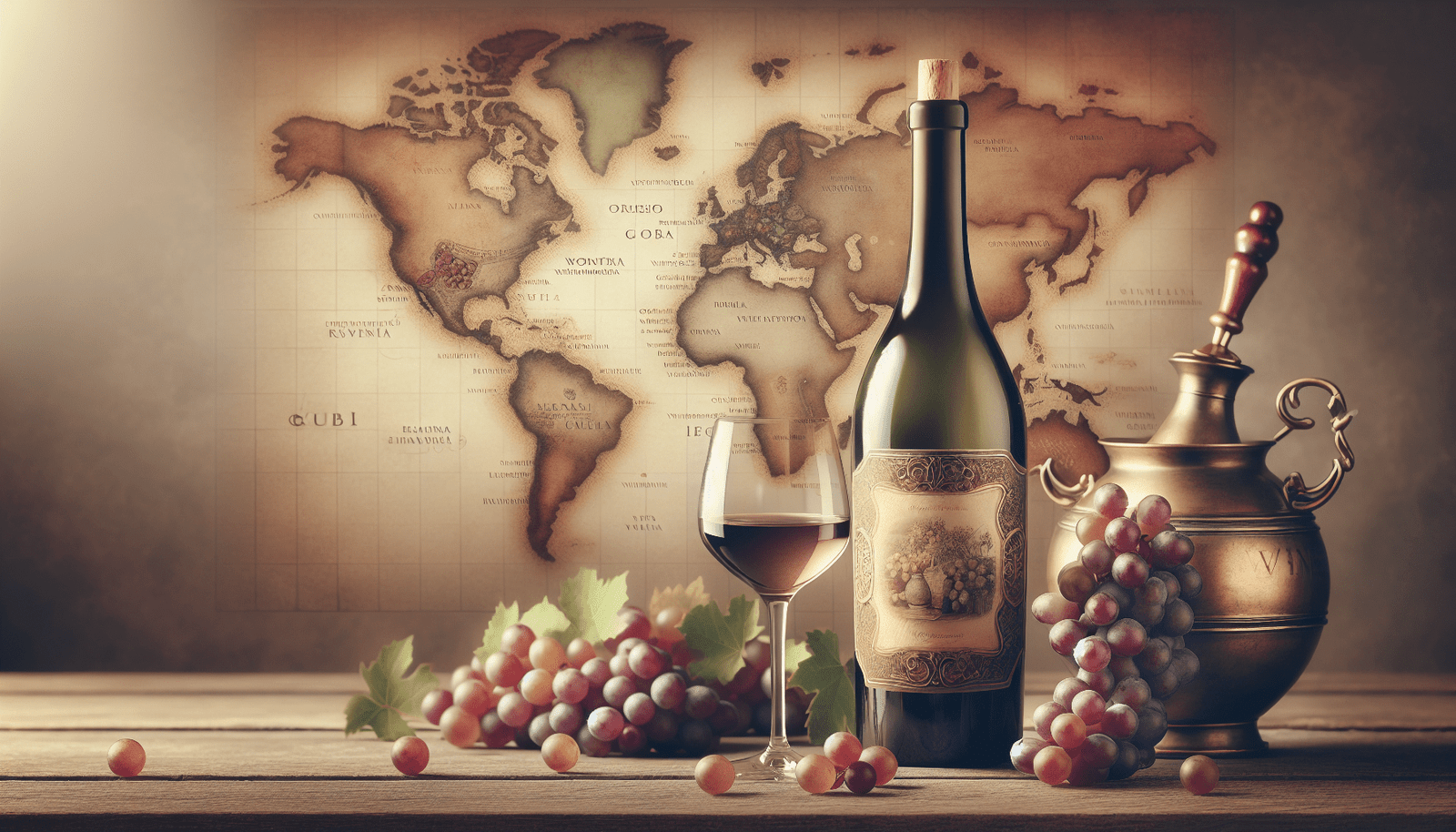Have you ever wondered what makes one bottle of wine vintage better than another, or why wines from certain regions are celebrated worldwide? Understanding wine vintages and regional characteristics is key to appreciating what’s in your glass. In this comprehensive guide, you’ll uncover the factors that influence the quality of wine vintages and learn about the distinctive traits of wines from various regions around the world. This knowledge not only enhances your wine-tasting experience but also equips you to make informed choices about your own wine collection.

Table of Contents
Understanding Wine Vintages
What is a Wine Vintage?
The term “vintage” refers to the year in which the grapes used to produce a wine were harvested. A wine’s vintage is an essential factor that plays a significant role in determining its quality and flavor profile. Natural conditions in a given year—such as climate, weather, and soil—impact the characteristics of the grapes and, consequently, the wine they produce.
The Effects of Climate and Weather
Weather is the greatest variable affecting the character and quality of a vintage. Consistent sunny days encourage grapes to ripen evenly, leading to well-balanced wines, while excessive rain can dilute flavors and harm grape quality. Cooler years might yield wines with higher acidity and a lighter body, whereas hot years tend to produce ripe, fruit-forward wines.
How Vintages Affect Wine Aging
The aging potential of wine varies across vintages. For instance, a wine from a superior vintage year might have a better structure, allowing it to age gracefully over many years, developing complexity and depth. Conversely, a wine from a less favorable vintage may be best enjoyed young, while it retains its fresh and lively qualities.
Vintage Ratings
Understanding vintage ratings can guide your wine purchases. Wine critics and publications often provide ratings based on their assessment of the vintages from different regions. These ratings consider climate, yield, and the quality of the harvest, giving you insight into which years produced exceptional wines.

Regional Characteristics in Wine
Old World vs. New World Wines
Wine regions are often categorized into Old World and New World regions. Old World wines come from areas with a long winemaking history, such as France, Italy, and Spain. These wines are typically more restrained, focusing on terroir—the influence of soil, climate, and tradition on the wine’s character. New World wines, from regions like the United States, Australia, and South America, often embrace innovation and tend to be more fruit-forward, with a riper quality.
Influential Wine Regions and Their Characteristics
France
- Bordeaux: Known for its powerful red blends, Bordeaux wines are often structured and tannic, featuring notes of blackcurrant, cedar, and graphite.
- Burgundy: Renowned for Pinot Noir and Chardonnay, Burgundy wines offer elegance and complexity, often revealing elements of earthiness and minerality.
- Champagne: This region gives us sparkling wines with lively acidity and flavors of apple, brioche, and nuts.
Italy
- Tuscany: Home to Chianti and Brunello di Montalcino, these wines exhibit rich tannins, fresh acidity, and flavors of cherry and herbs.
- Piedmont: Produces Barolo and Barbaresco, known for their powerful structure and aromas of tar, roses, and dried fruits.
Spain
- Rioja: Features Tempranillo-based wines with flavors of berries, spices, and vanilla from oak aging.
- Priorat: Known for intense and dense wines, due to old Garnacha and Cariñena vines.
United States
- Napa Valley: Celebrated for its robust Cabernet Sauvignons with notes of black fruit, oak, and spice.
- Willamette Valley: Produces exceptional Pinot Noir, characterized by bright acidity and flavors of red berries and earth.
Australia
- Barossa Valley: Famous for Shiraz, offering full-bodied wines with rich fruit and spice notes.
- Margaret River: Known for balanced and elegant Cabernet Sauvignon and Chardonnay.
Regional Terroir Impact
Each wine region’s unique combination of soil, climate, and traditions defines its terroir and influences the wine style. Vineyards in cooler maritime climates, like those found in parts of New Zealand, can produce wines with brisk acidity and vibrant fruit flavors. Meanwhile, arid, sun-kissed regions such as those in southern Italy often deliver ripe, concentrated wines with robust flavors.

Choosing and Collecting Wines by Vintage and Region
How to Choose the Right Wine for You
When selecting a wine, consider your personal taste preferences and the occasion. If you favor robust, full-bodied red wines, look to regions like Bordeaux or Napa Valley. For fans of elegant, mineral-driven whites, explore options from Burgundy or Germany’s Mosel region.
Building a Wine Cellar with Vintages
If you’re planning to collect wines, acquiring bottles from acclaimed vintages is a brilliant strategy. Focus on regions known for producing wines with great aging potential and monitor vintage charts to stay informed about optimal cellar timeframes for different wines.
The Role of Wine Critics and Reviews
Reviews from reputable critics and publications can be a valuable resource in your exploration of wine vintages and regions. Look for wines that not only align with high scores but also resonate with your taste palate and preferences.
Sustainability in Wine Production
As you delve into the world of wines, consider the impact of sustainability in production. Many regions are now prioritizing eco-friendly practices, from organic and biodynamic viticulture to water conservation and reduced carbon footprints. These efforts not only preserve the planet but also can enhance the quality of the wine itself.

Final Thoughts on Wine Vintages and Regional Characteristics
Understanding wine vintages and regional characteristics enhances your appreciation of the complexities in each bottle you encounter. With this knowledge, you can better navigate the world of wine, whether you’re seeking a bottle for immediate enjoyment, a special occasion, or a valued addition to your collection. Embrace this journey through the vineyards of the world, and let your preferences guide your choices, informed by a rich tapestry of history, culture, and natural beauty.

✈️ “Wines and Waves” – best of the coast and gateway to southern wine regions!, Adelaide, Australia

